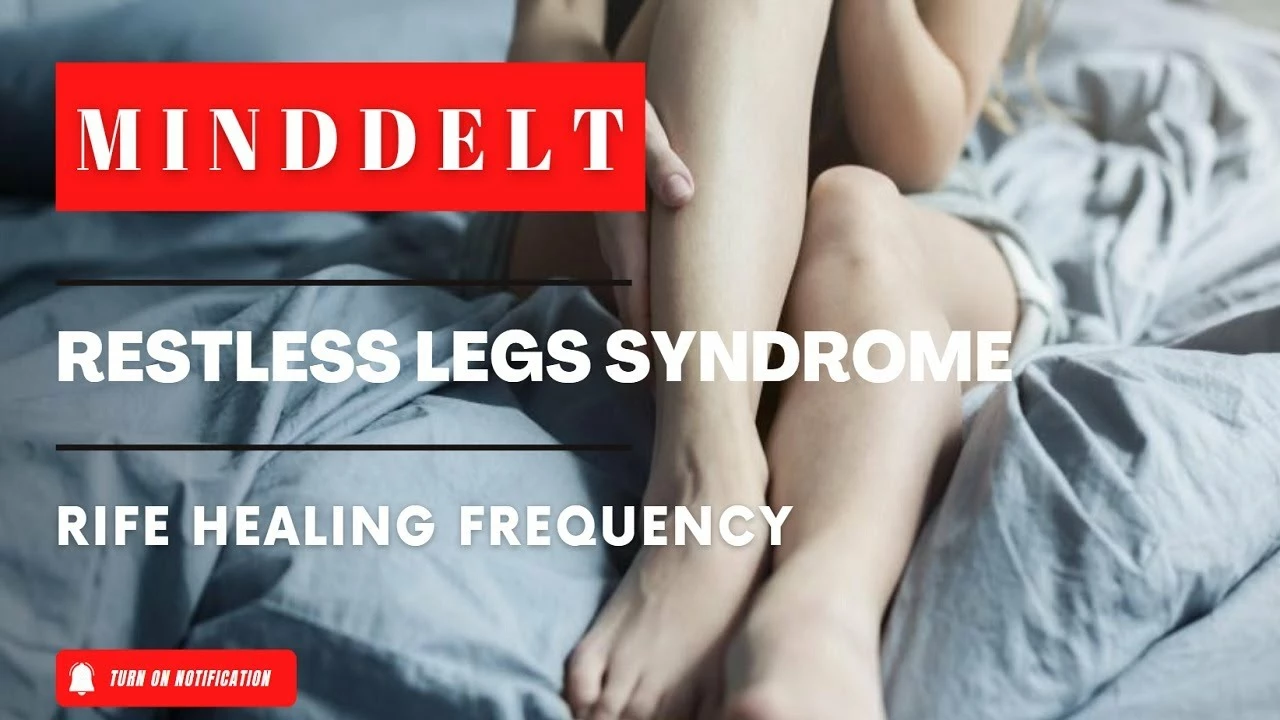Restless leg syndrome (RLS): what it feels like and what helps
Ever had an urge to move your legs at night that wrecks your sleep? That’s restless leg syndrome, or RLS. It’s more than annoying twitching — it’s a strong, often uncomfortable urge that usually happens when you’re resting and gets worse in the evening. You’re not imagining it, and there are simple steps that often help right away.
What causes RLS and who gets it
RLS has a few common links. Low iron stores in the brain are a big one; a simple blood test can show if iron or ferritin is low. Family history matters — RLS often runs in families. Pregnancy, kidney disease, and certain medications (some antidepressants, antipsychotics, or allergy meds) can trigger symptoms. People with diabetes or peripheral neuropathy also report RLS more often.
Symptoms are predictable: an irresistible need to move, creepy-crawly or tingling sensations, and relief when you walk or stretch. The cycle tends to hit at night and mess with sleep, which then impacts mood, focus, and energy the next day.
Practical steps to cut symptoms and sleep better
Start with simple habits that many people find immediately helpful. Cut caffeine and nicotine, especially in the afternoon and evening. Keep a regular sleep schedule and avoid long daytime naps. Gentle evening stretching or a short walk before bed often reduces the urge to move. Warm baths, leg massages, or a heating pad can relax tight muscles and ease sensations.
Try compression socks or pneumatic compression devices if swelling or poor circulation seems involved. For temporary relief, moving the legs, pacing, or rubbing the area usually works. If iron is low, your doctor may prescribe iron supplements — raising ferritin to the right level can dramatically reduce symptoms for many people.
When lifestyle fixes aren’t enough, treatments include medications that target dopamine (like pramipexole or ropinirole), or seizure/nerve pain meds (gabapentin, pregabalin). Opioids are rarely used and only for severe cases under close supervision. Be aware some meds can make RLS worse — ask your provider about alternatives before stopping anything.
If RLS began suddenly or is very severe, see a doctor. You should also get checked if symptoms start in childhood, or if you have signs of another condition like kidney disease or neuropathy. A sleep study isn’t always necessary, but it can help when diagnosis is unclear or if you snore and might have sleep apnea too.
Managing RLS is often a mix of small daily changes and the right medical support. Try one or two of the tips above tonight — many people notice improvement quickly. If symptoms persist or worsen, reach out to a healthcare professional who knows about RLS and sleep medicine.

Baclofen and Restless Leg Syndrome: Can It Provide Relief?
I recently came across a study on the potential benefits of Baclofen for Restless Leg Syndrome (RLS) sufferers. This medication, primarily used as a muscle relaxant, has shown promise in providing relief from the uncomfortable sensations and constant urge to move that RLS patients experience. While the research is still ongoing, Baclofen has been found to help some individuals with their symptoms, improving their sleep quality and overall quality of life. However, it is important to note that Baclofen may not be suitable for everyone, and it's essential to consult a healthcare professional before trying this treatment. I'll continue to keep an eye on this topic and share any new developments in future posts.
